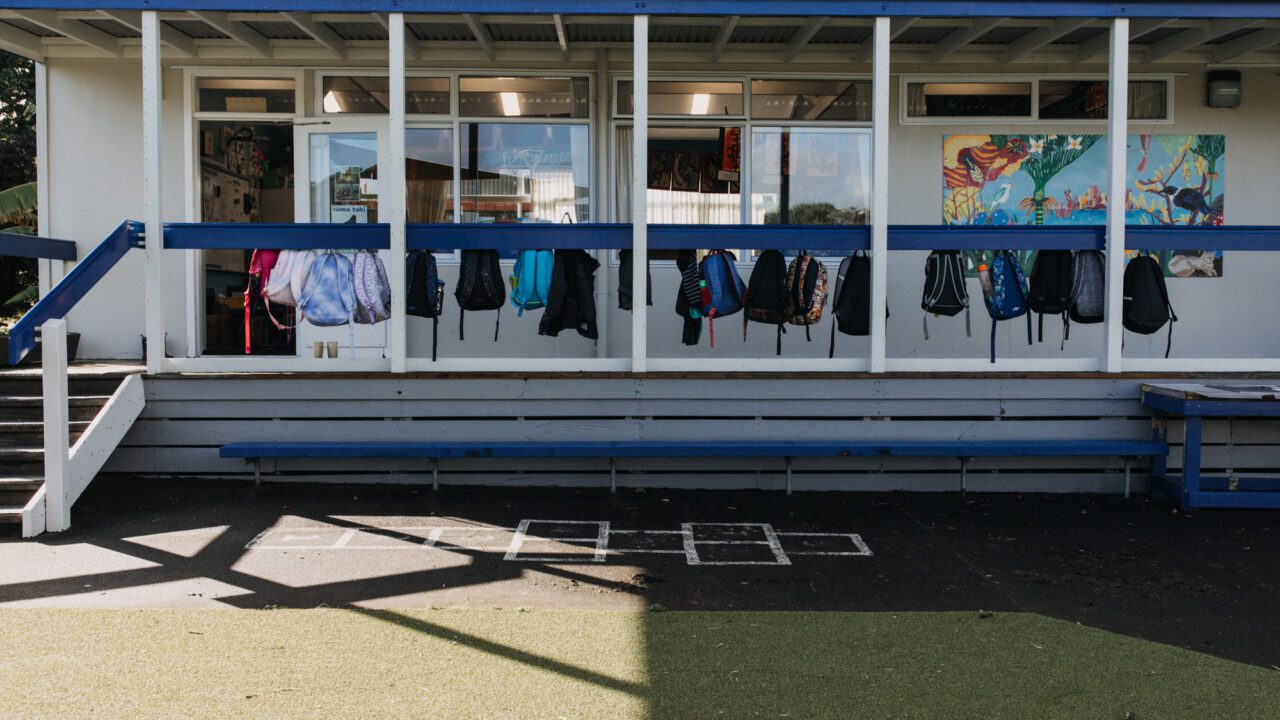Too often, transition conversations begin with the question: “Is this child ready for school?” The assumption behind that question can place the burden on the child to adjust – to ‘fit in’ – to leave behind the world of play and move on to something perceived as more academic. This perspective risks overlooking the broader cultural and pedagogical shifts that the child is stepping into. Transition is not just about academic readiness; it involves significant changes in social expectations, routines, values and relationships.
Children are not simply transferring physical location; they are moving into a different learning culture – one where the rhythms of the day, the language of instruction and the role of the adult may be vastly different. Australian education professors Sue Dockett and Bob Perryi highlight that starting school involves navigating a shift into a new environment, shaped by different cultural expectations, routines and approaches to teaching and learning. These cultural shifts are not always visible, yet they shape children’s experiences of belonging and participation.
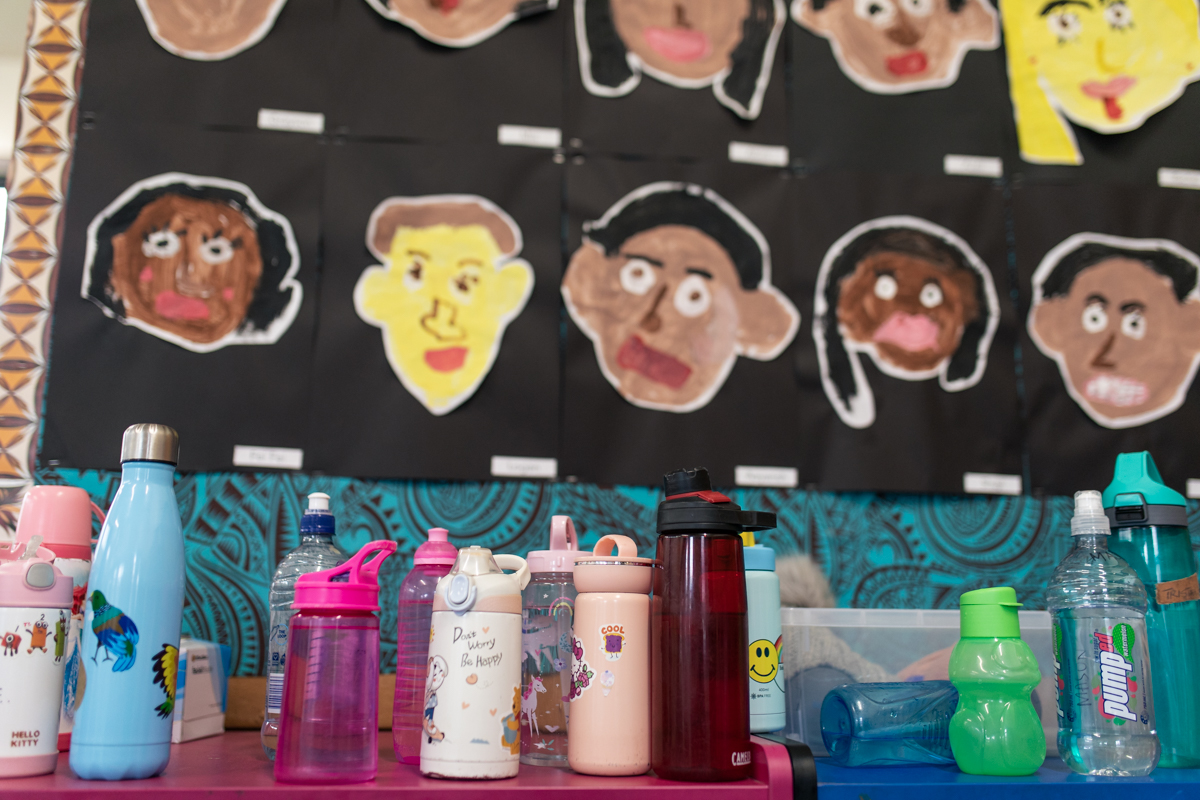
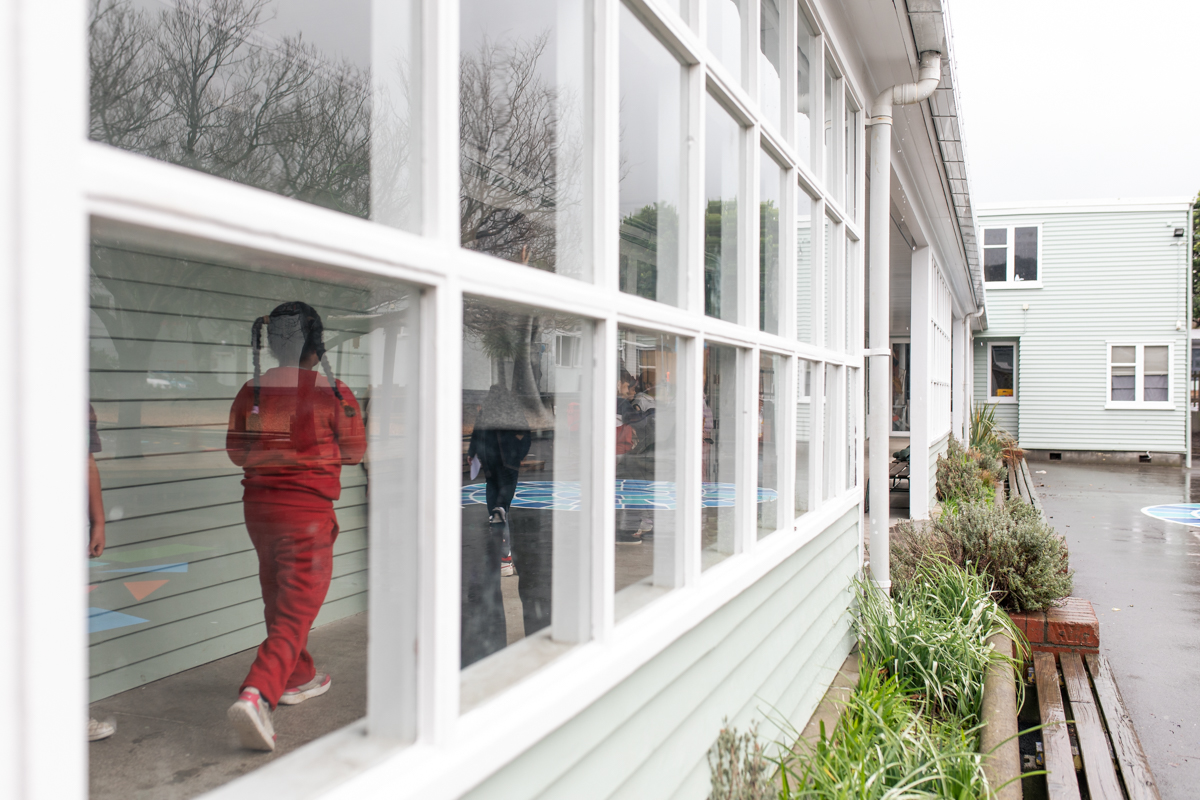
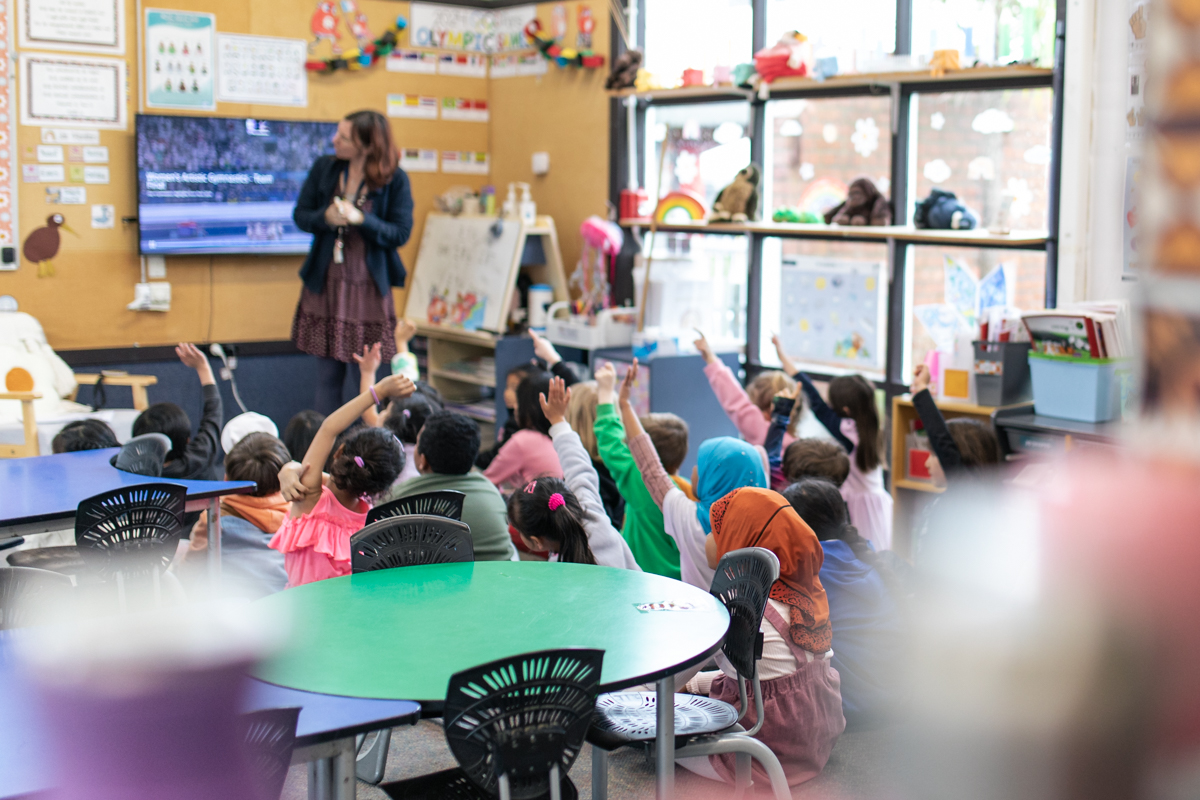
Instead, we might ask: “Is the school ready for the child?” This assertion honours that children are ready to learn when the people around them are ready to support them. That support must be responsive to who each child is – culturally, socially, emotionally and developmentally. When schools adjust to meet the child – rather than the other way around – we have the potential to reduce the stress of transition and nurture the learning identities and funds of knowledge that children bring with them from ECE.
Transitions are also a time to pause and reconsider how we assess learning. In early childhood settings, narrative assessment – such as learning stories – has long been valued for its ability to capture the richness of children’s learning journeys. As tamariki enter school, the focus often shifts toward more formal, standardised assessment practices. Yet, the key competencies in New Zealand Curriculum (NZC) ask us to recognise learning that is complex, relational and often not easily measured. While not every piece of learning needs to be documented or assessed, creating space for formative, child-centred approaches can help preserve the strengths children bring with them, and support continuity across the curriculum divideii.
“When schools adjust to meet the child – rather than the other way around – we have the potential to reduce the stress of transition and nurture the learning identities and funds of knowledge that children bring with them from ECE.”
One of the key findings in my research is the importance of what I call Dual Curriculum Knowledge (DuCK) – the ability of kaiako to have an understanding and honour both Te Whāriki and the New Zealand Curriculum (NZC). Rather than viewing these as separate documents, DuCK sees them as complementary, capable of being woven together to support tamariki on both sides of the transition.
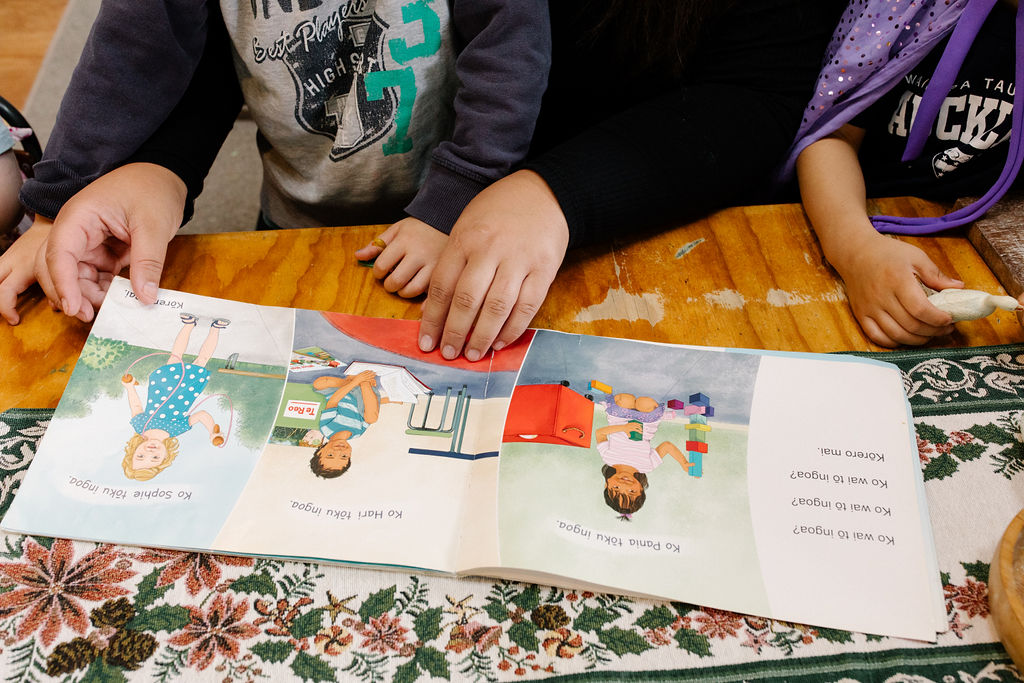
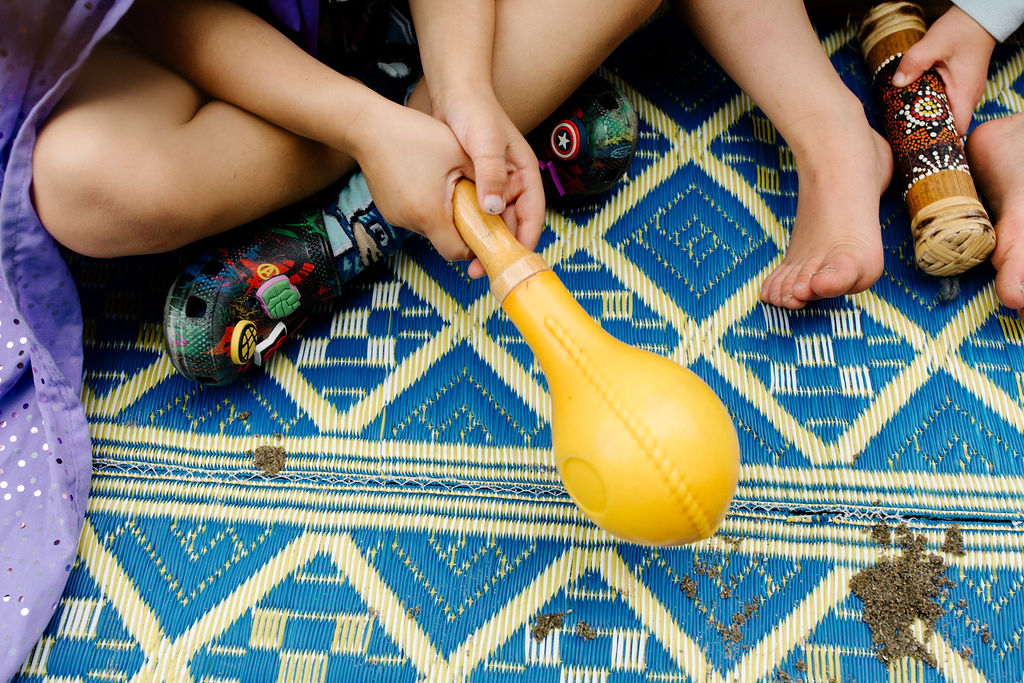
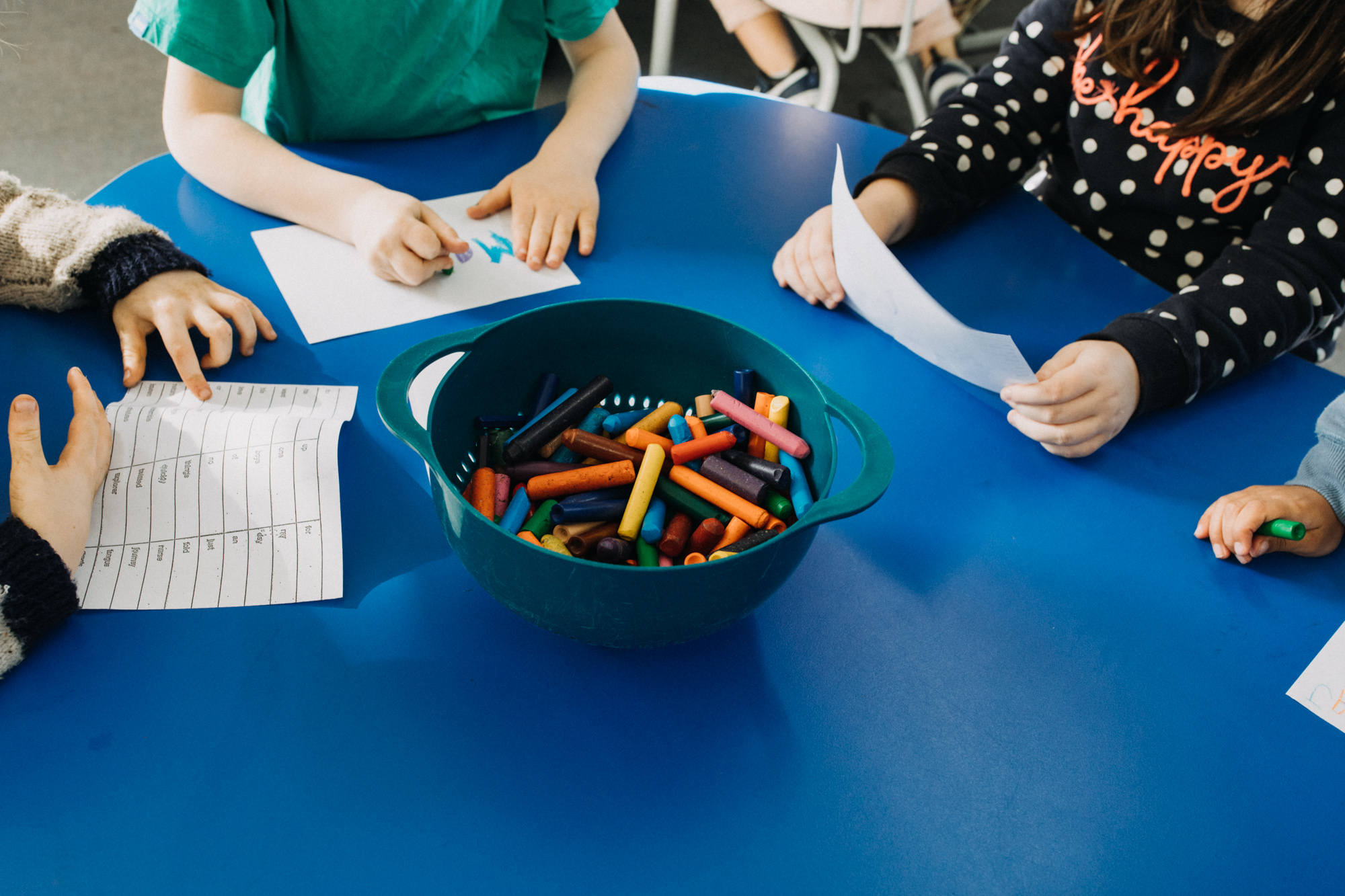
When curriculum knowledge is held across settings, DuCK, the transition to school becomes less about ‘starting over’ and more about building upon what has already been laid. Teachers who understand both Te Whāriki and the NZC are better placed to honour learning that may otherwise go unnoticed or undervalued.
For instance, a child who shows strong leadership and problem-solving during a complex, self-initiated play episode in an early learning setting may not immediately be identified as ready for school in traditional academic terms. Yet, when viewed through the lens of DuCK, that leadership becomes visible as a foundation for key competencies in the NZC, such as managing self, relating to others and thinking.
“Teachers who understand both Te Whāriki and the NZC are better placed to honour learning that may otherwise go unnoticed or undervalued.”
Localised curricula further enhance this weaving. When tamariki, whānau, kaiako, as well as local communities, educators, kaumatua and other key stakeholders have a say in what is taught, and how, the transition becomes a community process – not just a procedural one. Tamariki begin to see that their ways of knowing, doing and being are valid in both early learning and school.
By resisting a narrow view of readiness and embracing a holistic, integrated curriculum approach, we affirm the mana of tamariki and uphold their right to a seamless, respectful learning journey. Transitions are not only about forms and checklists. They are relational experiences shaped by whānau, peers and kaiako across both settings. The stronger those relationships are, the more positive the experience for the child.
So, what could a supportive transition practice look like?
Familiarity with the space
Even if a school is not the ‘feeder school’ for your ECE centre, building relationships with your local schools can be powerful. Children benefit from knowing what school looks like – not just through photos or stories, but through real-life visits where they can explore, ask questions and build confidence.
Reciprocal visits
One of the most powerful strategies I use is to visit the ECE centre/school with the child. As an ECE teacher this involved going with the child on a school visit. Being shown around the school and learning environment they are moving to can help empower the child and feel more in control of what’s to come. It also offers the kaiako a way to connect with a range of school environments. When at primary school I would always visit the children coming into my class in their ECE space. I saw this as helping dismantle power dynamics as I was in their learning environment and they were showing me around. During these visits I sit with the child and we explore their profile book together. The child chooses learning stories they feel most proud of. They highlight what matters to them. In doing so, they are not only introducing themselves, but asserting their identity as a learner – capable, curious and full of potential. This is some of the most valuable information for me as their new teacher.
Joint professional development
Having ECE and new entrant kaiako come together for training, or even for something as simple as shared visits, can help deepen understanding and build relational trust between sectors.
Time and flexibility
Transitions need to be individually tailored – not one-size-fits-all. Some children benefit from extended visits, a gradual start, or regular check-ins. Wherever possible, schools and centres should make space for these flexible, child-centred approaches.
Be brave and question assumptions
Starting school at five is common in Aotearoa – but is it always right for every child? If we begin with the child at the centre, then we must also consider when and how transitions happen – after all, children do not have to legally be at school till six in New Zealand. Instead, let us look at the whole child – their social confidence, their emotional security, their engagement with learning, their relationships with others. Let us involve whānau in that decision-making. And let us resist schoolification – the creeping idea that early learning must begin to mirror school in order to be considered real or valuable.
Schoolificationiii describes the downward pressure of formal academic expectations – like worksheets, desk time and early testing – into early childhood settings. This often stems from a well-meaning desire to prepare children for school, but it can come at the cost of the rich, play-based, hands-on experiences that are not only developmentally appropriate but also neurologically essential.
Neuroscience offers powerful insights into why early childhood education looks, and needs to look, different from primary school. From even before birth, the brain develops through three interconnected learning pathways: sensory and motor experiences, language and communication, and higher cognitive functioning. These pathways are strengthened through repetition, emotional safety and meaningful interaction with people and environmentsiv.
“The developing brain is highly sensitive to stress, and optimal learning takes place when tamariki feel safe, connected and emotionally supported.”
In the first years of life, the most active parts of the brain are those responsible for movement, emotional regulation, social connection and sensory integration. The prefrontal cortex, the centre for higher-order functions like reasoning, executive control and abstract thinking, continues to mature well into adolescence, with a significant shift only beginning around the age of seven to eight.
This does not mean learning is delayed until that age. Quite the opposite: children are learning constantly, but the way they learn is different. They learn best through play, exploration, imitation, storytelling, risk-taking and problem-solving – not through early instruction that isolates skills like reading or counting from context.
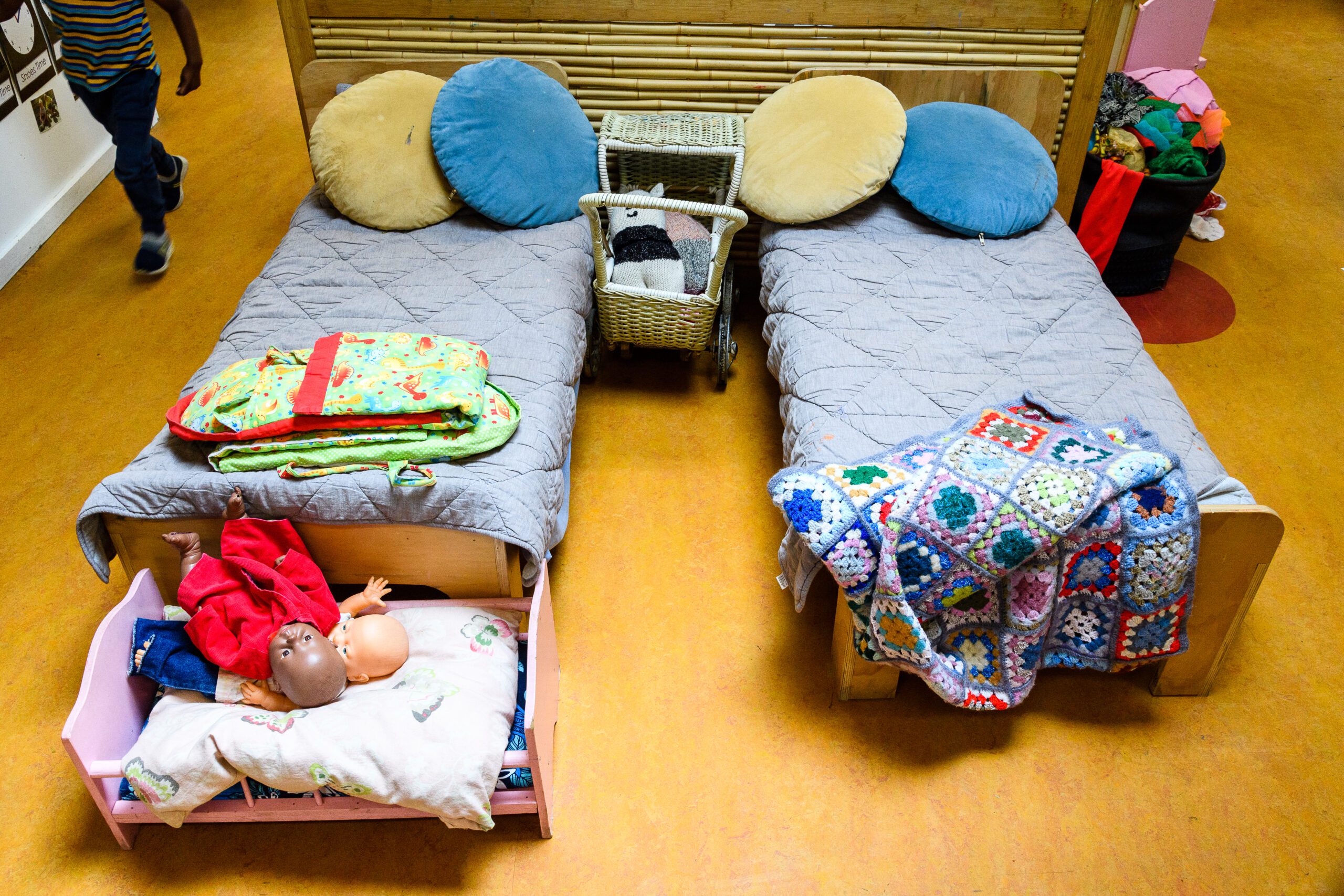

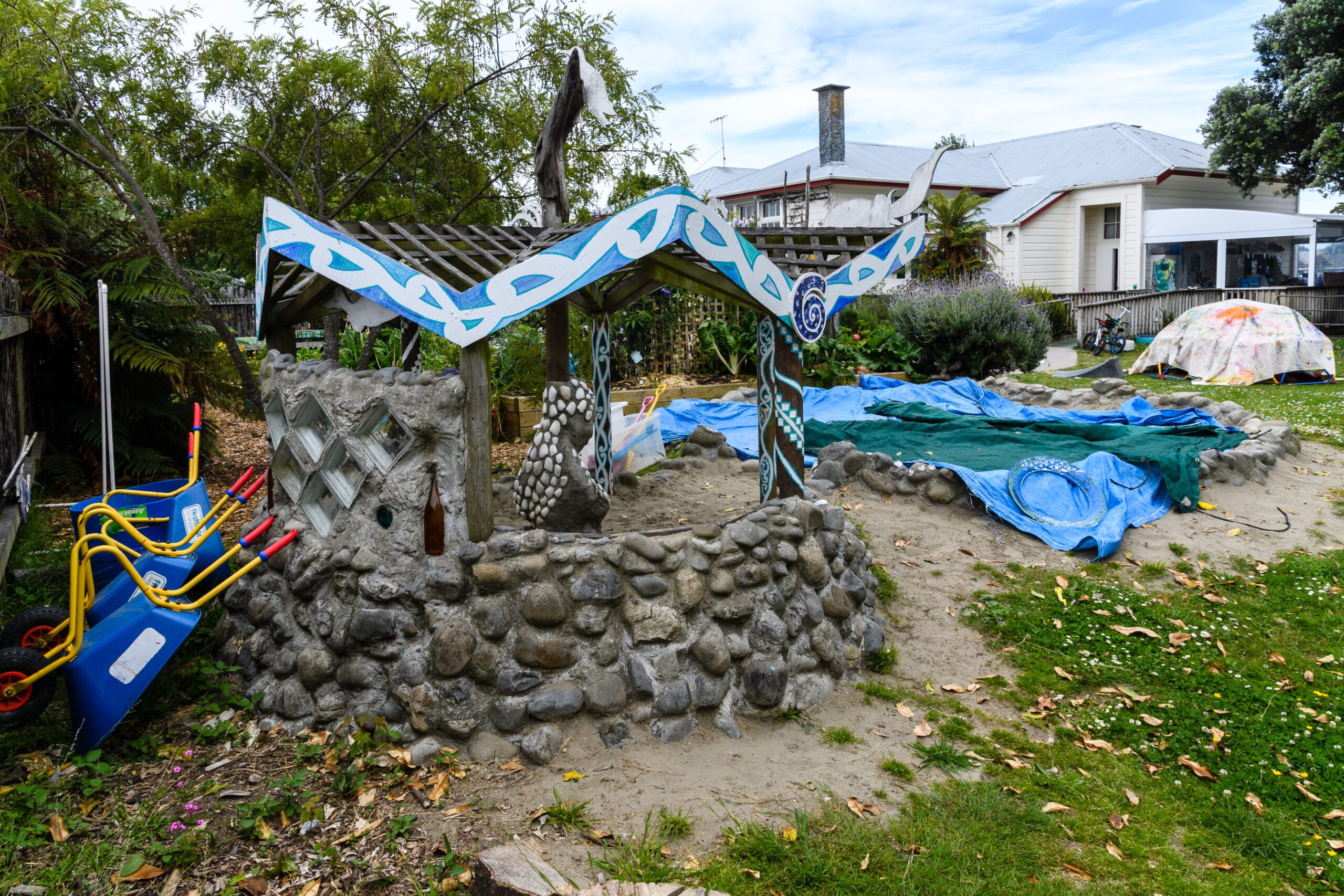
According to early years neuroscience researcher Mine Conkbayir, the developing brain is highly sensitive to stress, and optimal learning takes place when tamariki feel safe, connected and emotionally supported. When we rush children into formal academic modes too soon, we risk engaging the wrong part of the brain. Conversely, when we prioritise movement, creativity, emotional safety and relational learning, we build the robust neural foundations that support academic success later – and reduce stress in the process.
As educators, we are weavers. We have the opportunity to stitch together the strands of two curriculum worlds, two learning spaces and many perspectives. In doing so, we can create not just smoother transitions, but stronger foundations for lifelong learning.
Let us move beyond siloed sectors and checklist readiness. Let us hold hands across the mat between ECE and school, child and teacher, whānau and community. When we walk together, our tamariki can do more than just transition – they can flourish. To truly support this, it is essential that wider societal and policy imperatives are acknowledged alongside the important work of teachers. Transition is not solely the responsibility of educators; it is a collective journey involving whānau, communities, schools and policy makers. Only by embracing this shared commitment can we create the conditions for every child to thrive in their learning journey and beyond.
References
ii Carr, M. (2001). Assessment in early childhood settings: Learning stories. Paul Chapman Publishing.
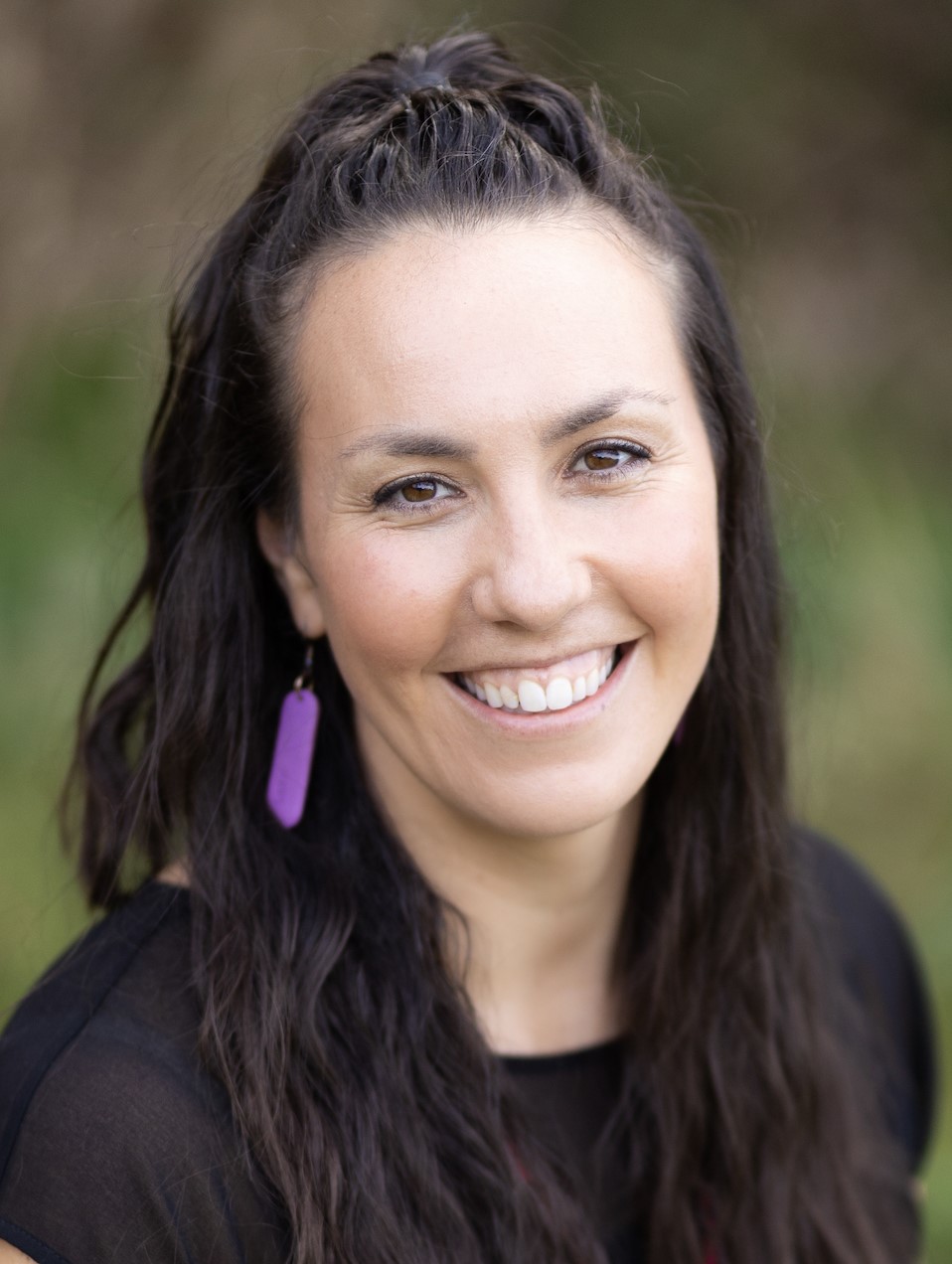
Jennifer Neill has been in education since 2007, spanning both the ECE and Primary sectors. She currently teaches at Cashmere Avenue Primary School, as well as studying towards her PhD in education where she is researching the transition to school.
